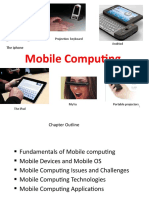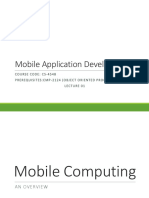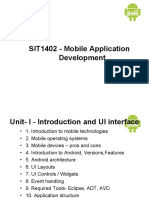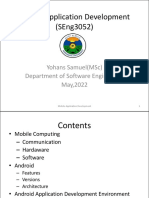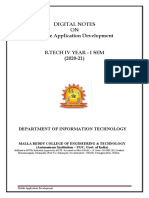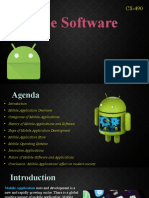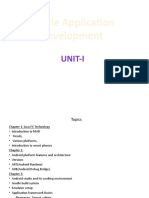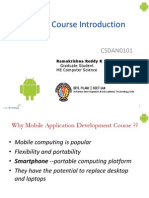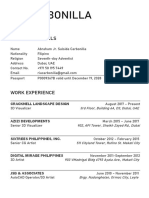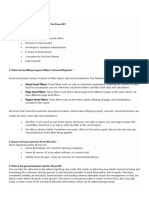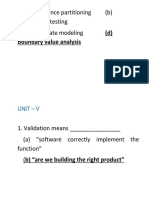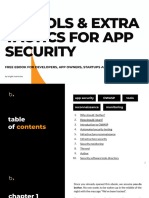0% found this document useful (0 votes)
56 views30 pagesChapter 1 Introduction To Mobile App Development
Uploaded by
kenabadane9299Copyright
© © All Rights Reserved
We take content rights seriously. If you suspect this is your content, claim it here.
Available Formats
Download as PPTX, PDF, TXT or read online on Scribd
0% found this document useful (0 votes)
56 views30 pagesChapter 1 Introduction To Mobile App Development
Uploaded by
kenabadane9299Copyright
© © All Rights Reserved
We take content rights seriously. If you suspect this is your content, claim it here.
Available Formats
Download as PPTX, PDF, TXT or read online on Scribd
/ 30





